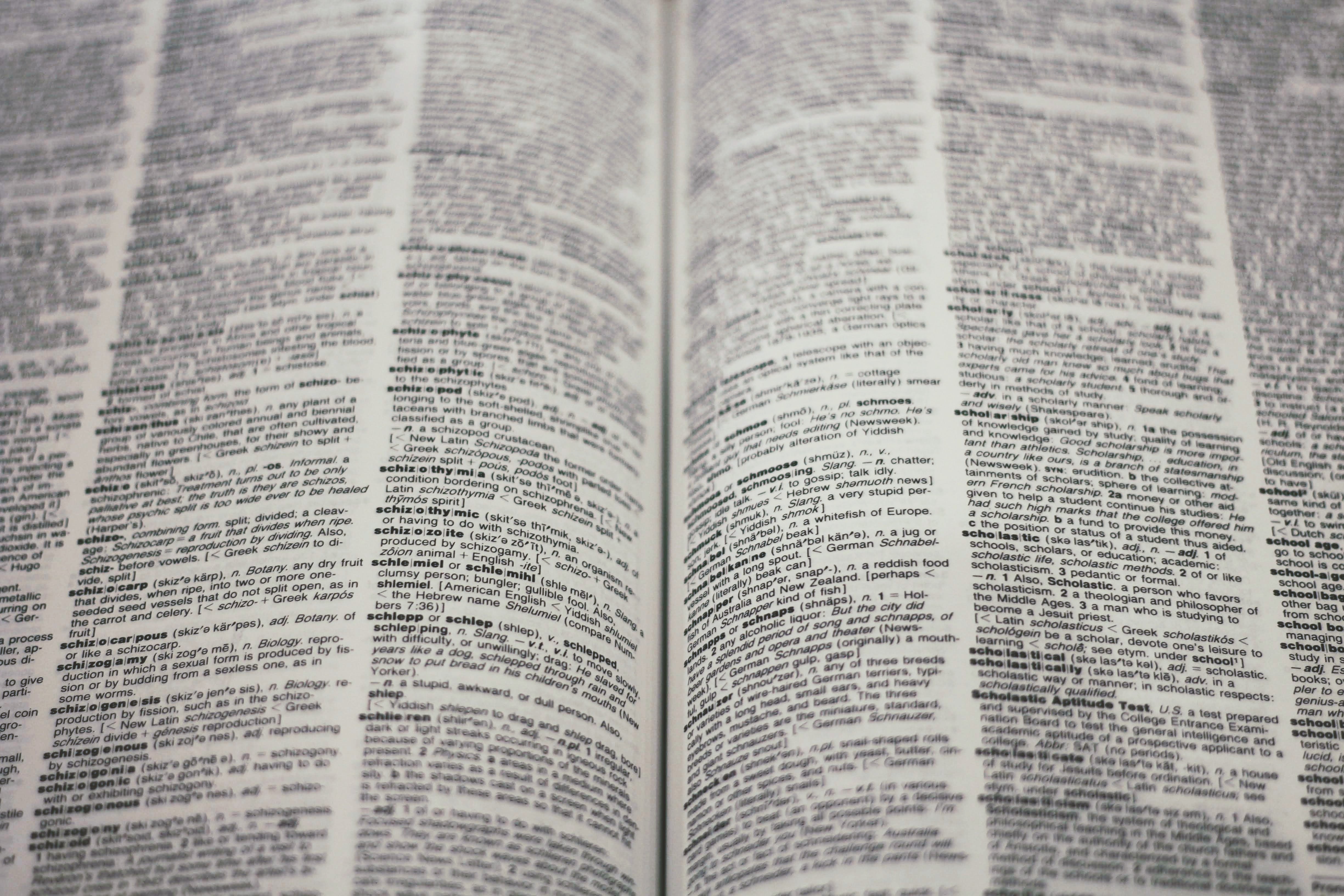I’ve read a lot of op-eds lately on Stanford’s now-infamous Elimination of Harmful Language Initiative (EHLI). Most of them converge along the same line, denouncing the list as “stupid,” “Orwellian” or “ultra-woke.” USA Today, the Wall Street Journal and the Stanford Review all adopted a sharply facetious tone towards the initiative (and fair enough). But in this article, I want to focus on something that most commentaries and discussions on the topic overlook: that is, what precisely was wrong with the now-withdrawn list?
A recent opinions article in The Daily, which took a sympathetic stance towards the EHLI, regards the flaw of the list as simply being “too careful” by including certain words that were “unnecessary.” The article asserts that the opponents of the list fail to look past the politically-correct flavor and recognize the positive impacts the EHLI would have had: namely, empowerment, improvement of self-image and promotion of inclusiveness of campus.
I do believe initiatives like the EHLI could have positive impacts if created in the right way with the right rationale. But I don’t believe the EHLI, in particular, would have had positive impacts.
A perfectly valid rationale for creating such a list would be to inform readers who come from various backgrounds, cultures or countries what words may cause offense to members of protected identity groups. This could help prevent individuals from inadvertently generating harm or conflict. Although Stanford’s list included a few offensive terms (i.e., slurs) targeted at protected identity groups with this rationale, the EHLI’s motive is essentially different.
The EHLI’s preamble states the following:
The goal of the Elimination of Harmful Language Initiative is to eliminate many forms of harmful language, including racist, violent, and biased (e.g., disability bias, ethnic bias, ethnic slurs, gender bias, implicit bias, sexual bias) language in Stanford websites and code.
In plain terms, the goal of the EHLI is to eliminate ‘bad’ or ‘undesirable’ uses of language (so-called “harmful language”). Even if a term does not cause any offense to anyone, as long as it is theoretically ‘undesirable’ in any way, it should thus be eliminated. This is vastly different from simply informing readers what words may possibly cause offense. Consider the terms “blacklist,” “abort,” “mankind” or “people of color.” The EHLI proposes that we eliminate their use not because they may cause offense, but because they may have theoretical negative effects or are theoretically ‘suboptimal.’ For example, the EHLI suggests eliminating the use of “blacklist” because it “assigns negative connotations to the color black, racializing the term.”
So what is wrong with such a rationale? As the author of the other Daily article observes, “Why must there be limits on our wish to be inclusive?” No, there need not be a limit on our wish to be inclusive. But we do not promote inclusion simply by wishing for it. Not only have I not seen any evidence that eliminating the use of theoretically bad words promotes inclusion or “protect[s] another person’s sense of self,” recent psychological literature indicates that such initiatives could actually produce harmful effects.
“Concept creep,” first identified by University of Melbourne psychology professor Nick Haslam in 2016, describes the phenomenon where a concept expands its semantic scope. Haslam notes that harm-related concepts such as abuse, trauma, mental disorder and prejudice have all undergone concept creep in recent decades. For example, the concept of racism has expanded from overt prejudice and discrimination to merely “[denying] the continuing existence of racism and express[ing] opposition to affirmative action policies,” or, as Haslam puts it, from “expressed antipathy” to “inferred antipathy.”
Concept creep isn’t a problem as such; in fact, it demonstrates a form of moral progress. It shows that our society is becoming safer and more inclusive, as milder and milder forms of harm are becoming unacceptable. But too much concept creep produces negative effects. A 2022 study found that having a broader conception of trauma may cause one to experience more negative emotions and subsequent post-traumatic symptoms after experiencing a stressful event. A 2019 study also found that training that seeks to broaden the concepts of harm and offense led people to perceive more harm and offense in ambiguous situations.
The EHLI suffers from an excess of concept creep, as it extends the concepts of harm, trauma, racism, sexism and violence to encompass completely innocuous uses of language. By designating theoretically bad words as “harmful,” the initiative attaches actual harm to hitherto harmless words — an act of self-fulfilling prophecy. A 2023 study notes that “well-intentioned efforts to boost awareness of the potential harm conveyed in others’ words may have the inadvertent effect of exacerbating perceptions of harm and hurtful intent in others.” Ironically, the EHLI’s attempt to reduce harm may produce more harm for the groups of people it seeks to protect.
Nevertheless, I don’t wish to throw the baby out with the bathwater (to use a “harmful” term). As I mentioned above, I see genuine value in creating a list with the rationale to inform people who come from vastly different backgrounds and cultures of terms that others may find offensive or harmful. But a properly-formulated list should be descriptive and not prescriptive. It should simply convey what members of protected identity groups find harmful, as opposed to proposing what should theoretically be considered harmful. This means that the inclusion of words on such a list should solely be evidence-based (e.g., consulting and surveying of members of protected identity groups), not theory-based. I believe a list of this sort could actually promote inclusion on our diverse campus.
